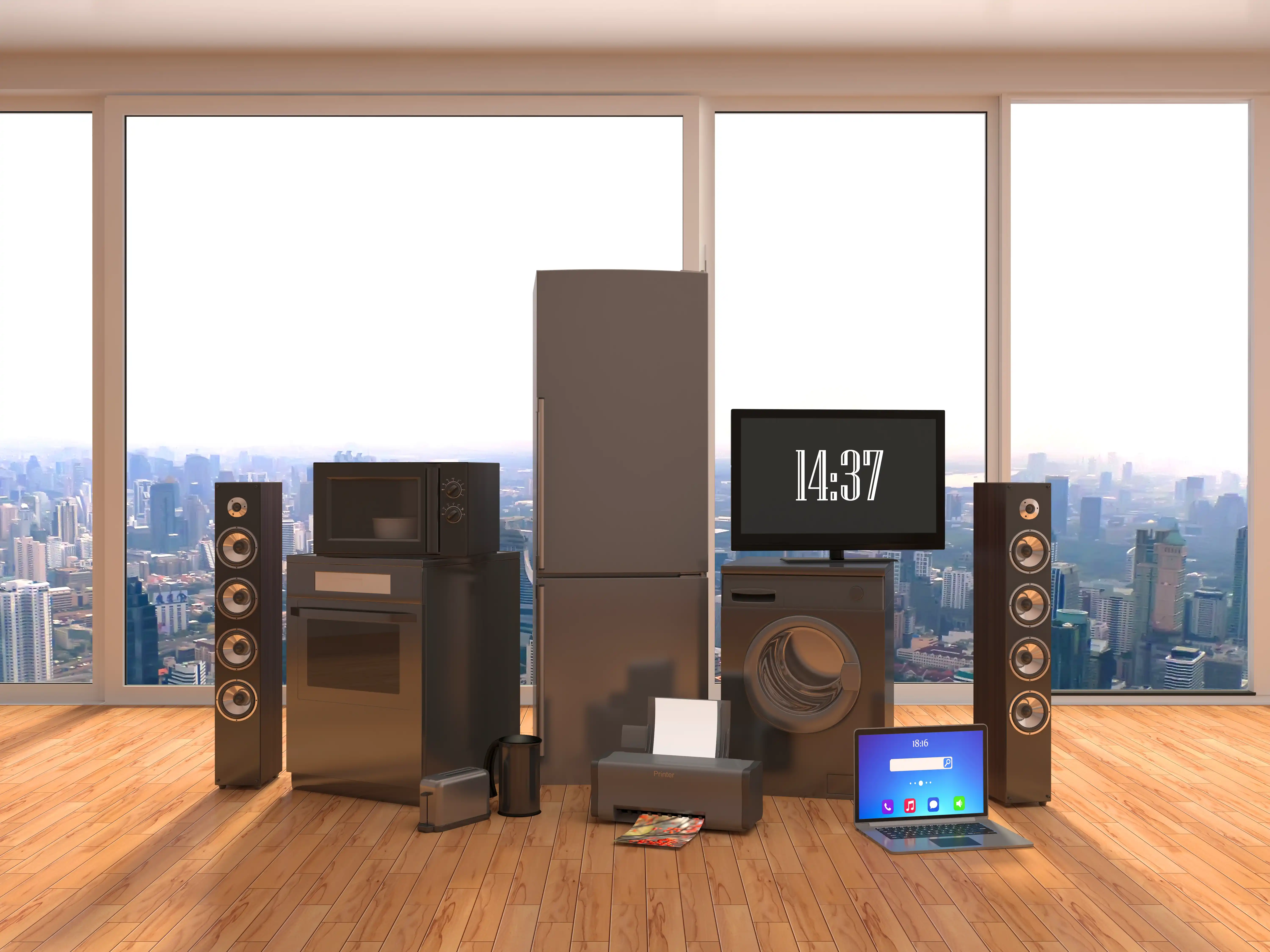A Brief Introduction to Bose and Polk Audio
Bose, founded in 1964 by Dr. Amar G. Bose, is known for its sleek, innovative audio solutions. From noise-canceling headphones to compact soundbars, Bose focuses on delivering a premium, user-friendly experience with rich bass and stylish aesthetics.
Polk Audio, established in 1972, caters to home theater enthusiasts and audiophiles seeking high performance without complexity. Renowned for its speakers and sound systems, Polk emphasizes robust sound and versatility, often appealing to those building larger audio setups.
Both brands have earned strong reputations, but their strengths cater to different needs. Let’s dive into the key factors to determine which offers better value.
Sound Quality: Clarity vs. Immersion
Bose: Rich Bass and Compact Power
Bose excels at delivering impressive sound from compact systems. Its speakers and soundbars, like the Bose Smart Soundbar 700, produce deep, punchy bass that’s perfect for music lovers who enjoy a vibrant low-end. Bose often emphasizes midrange frequencies, creating a “commercial” sound that’s engaging for casual listeners but may lack the precision some audiophiles seek. For example, the Bose TV Speaker prioritizes dialogue clarity, making it ideal for TV shows and news, though it may not deliver the cinematic depth required for blockbuster movies.
Polk Audio: Crisp and Theater-Like
Polk Audio is a favorite for home theater setups, offering clear, accurate sound with a focus on immersion. Models like the Polk Audio MagniFi Max AX 3.1.2 support Dolby Atmos, creating a three-dimensional soundstage with precise dialogue and enveloping effects. Many Polk soundbars include wireless subwoofers, such as the Signa S4, which add powerful bass for action scenes and music. Polk’s speakers, like the T300 bookshelf models, are praised for their detailed treble and balanced sound, appealing to those who value audio fidelity.
Verdict: Bose is ideal for casual listeners who prioritize bass-heavy audio and compact systems. Polk Audio shines for home theater enthusiasts seeking crisp, immersive sound, especially with Dolby Atmos support.
Features and Technology: Simplicity vs. Versatility
Bose: Smart and User-Friendly
Bose products are designed for ease of use, often featuring built-in voice assistants (e.g., Alexa in the Smart Soundbar 300) and room correction technology for optimized sound. Their systems are straightforward to set up, with intuitive apps, though some users report occasional app glitches. Bose soundbars typically support Bluetooth, Wi-Fi, and HDMI ARC, but advanced formats like Dolby Atmos are reserved for higher-end models.
Polk Audio: Feature-Rich for Home Theater
Polk Audio leans into home theater technology, offering features like Dolby Atmos, DTS:X, and VoiceAdjust for customizable dialogue clarity in models like the MagniFi Max AX. Many Polk soundbars include wireless subwoofers and are expandable to 5.1 systems, providing flexibility for larger setups. With modern connectivity options like HDMI eARC and Wi-Fi streaming, Polk systems serve as versatile hubs for multiple devices.
Verdict: Bose excels in simplicity and smart features for casual users, while Polk Audio offers more advanced home theater features and expandability, making it a better fit for comprehensive audio setups.
Design: Style vs. Functionality
Bose: Sleek and Compact
Bose is synonymous with sleek, minimalist designs that blend seamlessly into modern homes. Their soundbars, like the Solo Soundbar Series II, are compact and lightweight, perfect for small spaces or those who value aesthetics. However, their smaller designs can limit the soundstage compared to larger systems.
Polk Audio: Performance-Oriented
Polk Audio prioritizes function over form. Their soundbars and speakers, such as the Signa S2, are larger and often include separate subwoofers, which may not suit compact spaces but deliver robust performance. Polk’s designs focus on sound quality rather than visual appeal, appealing to those who prioritize audio over aesthetics.
Verdict:Bose wins for stylish, space-saving designs, while Polk Audio is better for those who prioritize performance and don’t mind a larger footprint.
Which Brand Offers Better Value?
The choice between Bose and Polk Audio hinges on your priorities:
• Choose Bose if you want compact, stylish systems with rich bass and user-friendly features for casual listening or small spaces. It’s perfect for TV shows, music, and those who value aesthetics and simplicity.
• Choose Polk Audio if you’re building a home theater or seeking high-quality sound for immersive experiences. With features like Dolby Atmos, wireless subwoofers, and crisp dialogue, Polk delivers robust performance for larger setups.
For most users, Polk Audio offers better value for home theater enthusiasts due to its advanced features and suitability for immersive audio setups. However, if space constraints or design are your top priorities, Bose remains a strong contender for casual listeners.
